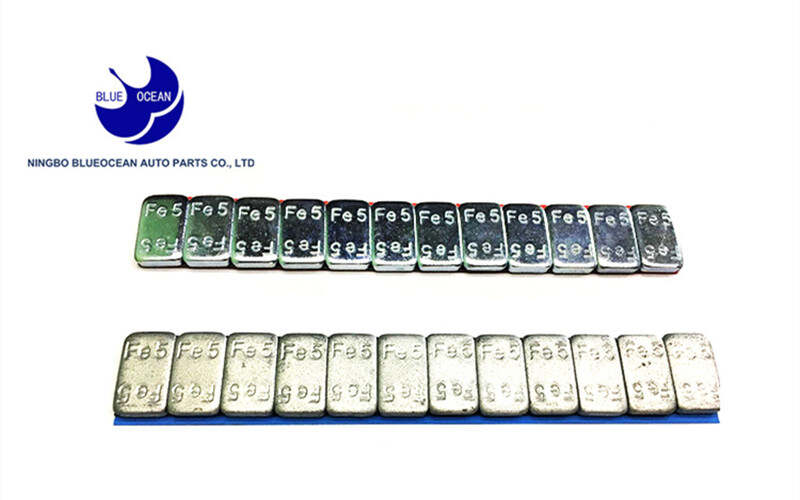Email format error
Email cannot be empty
Email already exists
6-20 characters(letters plus numbers only)
The password is inconsistent
Email format error
Email cannot be empty
Email does not exist
6-20 characters(letters plus numbers only)
The password is inconsistent


Introduction to Car Balance Weights
Car balance weights, also known as tire balance weights or cast iron weights, are important components used for balancing car tires. They are typically installed on the rim of the wheel to eliminate imbalance between the tire and the hub by adding weight, ensuring the vehicle can run smoothly and safely during operation. Despite their small size, balance weights play a crucial role in improving driving stability, extending tire life, and ensuring driving comfort.
I. Types of Balance Weights
Car balance weights are mainly divided into several types, including:
1. Cast Iron Balance Weights: These are the most common balance weights, usually made of cast iron, heavy in weight and low in cost. They are typically installed on the inner or outer rim of the wheel by adhesive or clamping.
2. Aluminum Alloy Balance Weights: These balance weights are lightweight, have better corrosion resistance, and are commonly used in high-end cars. They have a more aesthetic appearance but come at a higher cost.
3. Adhesive Balance Weights: These balance weights are attached to the rim by adhesive, making them easy to install and providing a neater appearance. They are often used on aluminum alloy rims.
4. Magnetic Balance Weights: These balance weights use magnetic materials for easy installation and removal, but may not be as secure in certain situations.
II. Functions and Importance of Balance Weights
1. Balancing Imbalance: Imbalanced tires can cause vibrations in the wheels during vehicle operation, affecting driving stability. Balance weights adjust the weight of the hub, repositioning the center of gravity of the tire to effectively eliminate vibrations and improve driving stability.
2. Enhancing Safety: Well-balanced tires can reduce tire wear, extend tire life, and reduce the risk of accidents caused by tire imbalance, ensuring driving safety.
3. Optimizing Fuel Economy: Tire imbalance can increase rolling resistance, leading to higher fuel consumption. Using balance weights can reduce rolling resistance and improve fuel economy.
4. Improving Driving Comfort: Eliminating tire imbalance can enhance driving comfort by reducing vibrations and noise in the vehicle, enhancing the overall riding experience.
III. Installation and Maintenance of Balance Weights
1. Installation Process: When changing tires or performing wheel maintenance, tires often need to be balanced. Professional technicians use a balancing machine to check the balance of the wheels and add or adjust balance weights as needed.
2. Regular Inspection: It is recommended for car owners to check the condition of balance weights every time tires are changed or during routine maintenance. If balance weights are found to be loose or damaged, they should be replaced immediately to maintain optimal tire balance.
3. Pay Attention to Driving Habits: Avoid harsh acceleration and sudden braking, as these behaviors can cause greater tire wear and may affect the stability and lifespan of balance weights.
IV. Conclusion
Car balance weights, as an important component of tire balance, may seem insignificant but have a profound impact on driving stability, safety, and comfort. In daily vehicle use, car owners should prioritize the inspection and maintenance of balance weights to address any issues that may affect tire balance. Understanding the types, functions, and maintenance of balance weights can help drivers maintain vehicle performance and ensure safe driving. Through proper tire maintenance, extending the lifespan of the car and tires is not only a cost consideration but also a crucial factor in ensuring driving safety.

